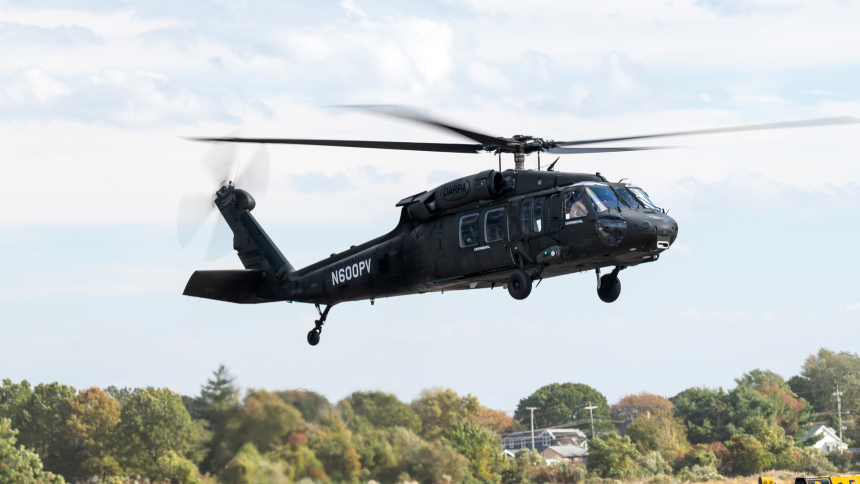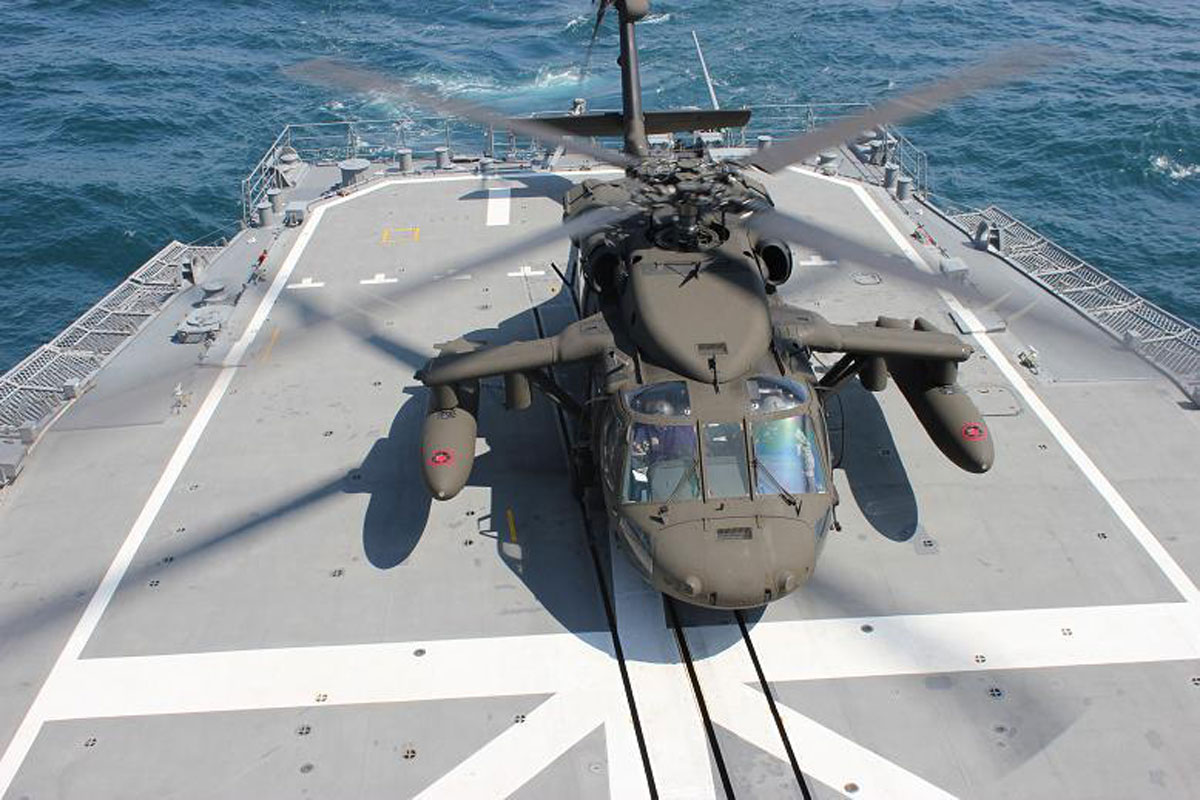The UH 60: A Versatile Aircraft for Armed Force and Private Citizen Use
The UH-60 helicopter, with its origins dating back to the late 1970s, has actually advanced right into a crucial possession for both army and private markets. Recognizing the complete extent of the UH-60's effect might expose understandings right into its prospective trajectory and value in a progressively intricate operational atmosphere.
Historic Overview of the UH-60

Originally, the UH-60 was deployed to support army transport, medical discharge, and logistical procedures. Its introduction noted a substantial improvement in helicopter technology, including advanced avionics and survivability attributes. The Black Hawk's ability to operate in challenging settings, including negative weather and battle areas, strengthened its credibility as a trustworthy workhorse.
Throughout the years, the UH-60 has actually gone through countless upgrades and variations, adjusting to the progressing demands of armed forces procedures. Its tradition consists of participation in vital conflicts, showcasing its versatility and effectiveness in numerous situations. The Black Hawk remains a foundation of army aviation, showing the enduring significance of innovation in aerial transportation and support.
Military Missions and applications
Frequently released in varied operational contexts, the UH-60 Black Hawk helicopter serves a plethora of military applications that are important to goal success - uh 60. This versatile aircraft is mostly made use of for troop transport, allowing quick activity of soldiers to and from combat zones. Its capability permits the transportation of as much as 11 totally equipped troops, making it a necessary property for ground pressures
The UH-60 is also integral to medical evacuation missions, providing quick assistance for hurt workers under attack. Outfitted with innovative clinical centers, it can move casualties while ensuring constant treatment. The helicopter's utility extends to reconnaissance and surveillance goals, where it collects crucial knowledge and improves situational awareness for leaders.
On top of that, the Black Hawk is often employed for logistical support and supply goals, supplying crucial tools and arrangements to troops in remote locations. Its flexibility is more showed with its capability to operate in diverse settings, from metropolitan settings to sturdy terrains. In general, the UH-60 Black Hawk remains a cornerstone of modern-day armed forces operations, personifying adaptability, dependability, and effectiveness in satisfying mission purposes.
Private Citizen Utilizes and Adaptations
Beyond army applications, the UH-60 Black Hawk helicopter has found a series of civilian usages and adaptations that display its adaptability. Originally created for troop transportation and logistical support, this airplane has been efficiently adapted for numerous private duties, including emergency clinical solutions (EMS), firefighting, and search and rescue procedures.
In emergency situation medical solutions, the UH-60 can quickly move clients to hospitals, outfitted Find Out More with sophisticated medical devices and employees. Its speed and ability to move make it possible for fast feedback in vital scenarios, which is important in conserving lives. The helicopter's huge cabin allows for medical teams to run effectively throughout trips.
In firefighting, the UH-60 has been modified to lug water or fire resistant, making it an effective tool in combating wildfires. Its capability to float and steer in tough surfaces provides substantial advantages over traditional ground-based firefighting approaches.

Technological Advancements
Just how has the advancement of technology affected the capabilities of the UH-60 Black Hawk helicopter? The UH-60 has gone through significant innovations since its creation, greatly boosting its operational performance. One crucial development is the combination of advanced avionics, that includes digital trip control systems and multifunction screens, improving situational understanding for pilots. This allows for much better navigating and goal preparation, specifically in difficult atmospheres.

Additionally, the unification of composite materials in the airframe has reduced weight while maintaining structural integrity, adding to raised haul capacity and gas efficiency. The helicopter's rotor system has also taken advantage of technical developments, such as sound reduction innovations and boosted aerodynamic layout, which improve both efficiency and stealth abilities.
Furthermore, the UH-60's versatility to different mission profiles is enhanced by modular systems, making it possible for rapid reconfiguration for roles ranging from medevac to army transportation. uh 60. The intro of sophisticated interaction systems makes sure real-time data sharing and control during goals, which is important in modern-day combat circumstances. Jointly, these technological innovations have actually transformed the UH-60 right into a versatile and formidable asset in both army and civilian applications
Future Leads and Developments

In addition, continuous research study into different power sources, such as hybrid-electric propulsion, presents an opportunity for boosted gas performance and minimized environmental influence. This straightens with both private and military goals for sustainability. The UH-60's adaptability to different duties, from clinical discharge to browse and rescue, guarantees its continued relevance in varied operational contexts.
Furthermore, partnerships with protection click for source specialists are promoting technologies in weapons and sensor technology, allowing the Black Hawk to properly counter contemporary hazards. As the armed forces landscape advances, the UH-60's layout will likely embrace modularity, allowing for rapid reconfiguration based upon mission requirements. In general, the future of the UH-60 is bright, characterized by enhanced performance, convenience, and an undeviating dedication to fulfill the difficulties of contemporary warfare and altruistic initiatives.
Conclusion
The UH-60 helicopter exhibits versatility through its twin duty in private and armed forces operations. As ongoing advancements proceed to enhance its capacities, the UH-60 continues to be a crucial property throughout different functional settings.
The UH-60 Black Hawk helicopter, an essential possession in contemporary army aviation, was initially presented in the late 1970s as part of the U.S. Army's pursuit for a trustworthy and functional utility helicopter.Regularly released in varied functional contexts, the UH-60 Black Hawk helicopter offers a wide variety of army applications that are vital to mission success. Generally, the UH-60 Black Hawk continues to be a foundation of modern armed forces operations, symbolizing convenience, dependability, and effectiveness in satisfying goal objectives.
As the military landscape progresses, the UH-60's layout will likely embrace modularity, enabling for fast reconfiguration based on mission requirements.The UH-60 helicopter exemplifies flexibility with its twin function in armed forces and noncombatant procedures.